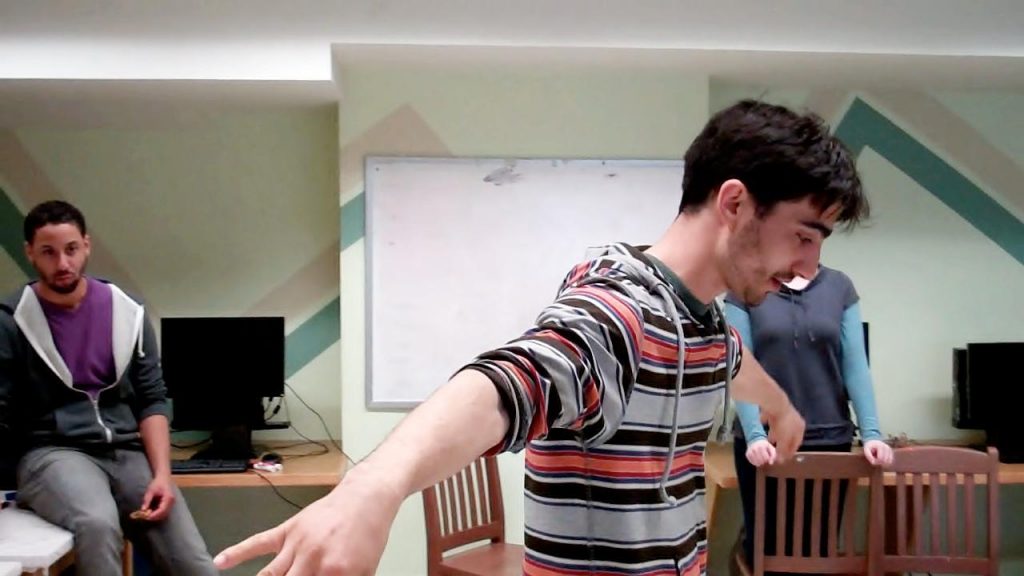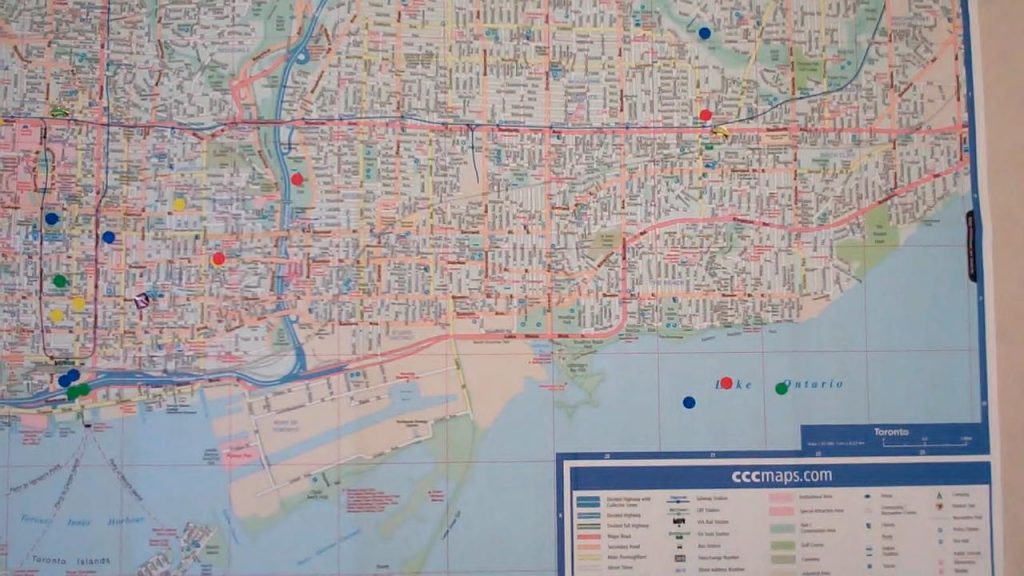Menu
Neighbourhood Change Research Partnership
In response to mounting evidence of increasing income and wealth inequalities in western nations pointing to the emergence of new and intense socio-economic, ethno-cultural, and spatial divisions in many cities, a large, pan-Canadian interdisciplinary group of researchers began to study the policies and programs used to improve human well-being in urban environments.
The Temporary Neighbourhoods of Homeless Youth in Shelters: Their perspectives on, and the implications of, social-spatial polarization (2013-2015)
Background
Our partnership focuses on urban inequality and socio-spatial (i.e., neighbourhood) polarization in six Canadian metropolitan areas: Vancouver, Calgary, Winnipeg, Toronto (including Hamilton and Oshawa), Montréal, and Halifax.
With our partners we are exploring:-
(1) trends in urban and neighbourhood change since 1971;
-
(2) processes responsible for these changes;
-
(3) the consequences of change that lead to inequality and polarization;
-
(4) policy and program options that address inequality and thereby improve human well-being and urban environments. Socio-spatial inequality and polarization are pressing global issues, yet difficult to understand, because they exhibit distinct national, regional, and (especially) local forms.
We are particularly interested in understanding changes that result in cities that are sharply divided between wealthy and impoverished neighbourhoods.
Our artistic partner Project: Humanity explains their work
with the NCRP (Neighbourhood Change Research Partnership) project.
Filmed by: Allison Olivares and Sandra Gonzalez
Edited by: Lin Rocha
Youth Perceptions of Violence, Safety, and Schooling in One Gentrifying Neighbourhood in Toronto (2016-2020)
Background
In 2008, the Toronto District School Board (TDSB) launched its speciality high schools initiative that offered focused programs on subjects like dance, drama, science, sport, and the International Baccalaureate (IB) program. One of the key consequences of these specialty programs is that students are no longer limited to their local school and can apply to attend these specialized schools across the city. This has resulted in young people living in one area, choosing to attend school in another area, and perhaps taking on a part-time job in a third different area.


